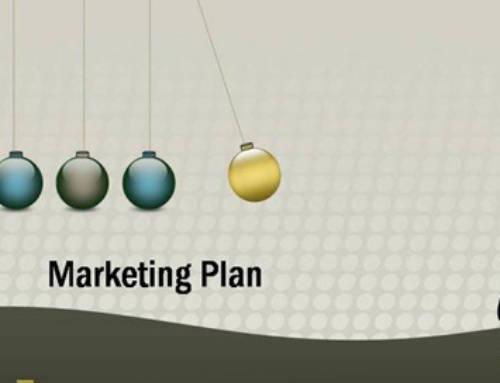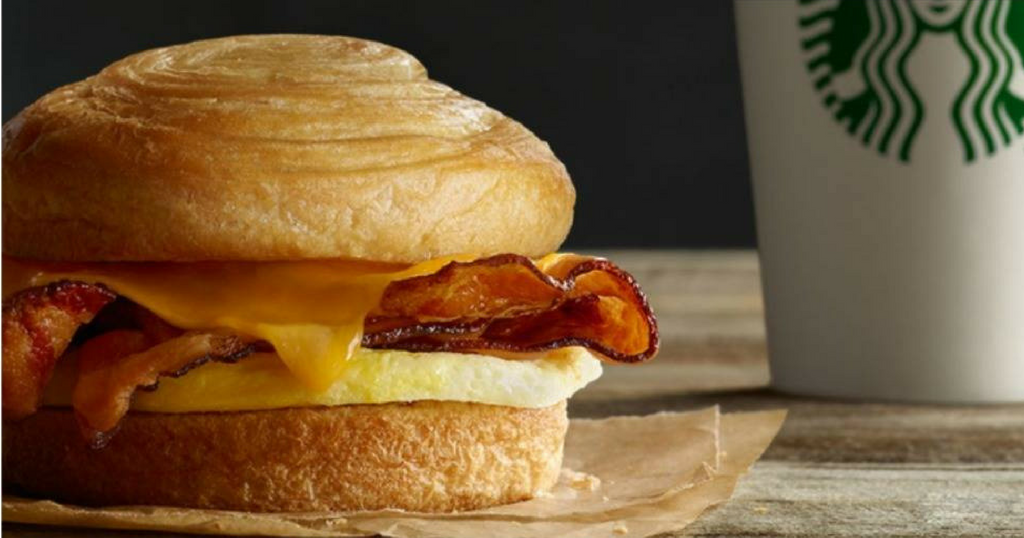Are you looking to grow your business and attract new customers? The first thing you’ll need is a marketing plan. A well-designed marketing plan can help you figure out how to reach your target customers and then retain them with this marketing plan example. You can download or purchase many marketing plan examples online to guide you, but for most small businesses, it’s not necessary to over-analyze the task. Think of your marketing plan as a summary of your strategy for the future; you’ll see in most marketing plan examples that an effective one can usually be expressed in less than 15 pages.
A good marketing plan can push your company ahead of the competition.
Key Components to your Marketing Plan Example
-
Target Market
What type of customer are you targeting? What age and gender do you think your target customers will be? What are their likely interests? Having a fairly clear idea of your target customers will enable you to customize your advertising to this demographic and allow you to engage with your audience more effectively on social media.
-
Unique Selling Proposition
What separates you from your competition? Your unique selling proposition (USP) is that special aspect of your business that makes you stand out; a company’s USP will influence their brand identity and often their slogan. A USP can be a bit quirky but still be compelling. Look at M&Ms candy’s slogan for example: “Melts in your mouth, not in your hand”. It’s a small detail, but it’s meaningful to customers and sets this candy apart from others in the market.
-
Pricing and Positioning
How do you plan to position your product in the market? Positioning will have a major influence on price: if you plan to brand your product as a luxury, premier item, your pricing needs to be aligned with that image. Pricing and positioning will also play a role in determining your brand identity which we have covered in our marketing plan example.
-
Promotions
How are you planning to get new customers? Will your strategy include press releases, TV or radio ads, online marketing and print ads? Will you write articles to establish yourself as an expert in your field? The answers to these questions will comprise one of the most important sections of your marketing plan. Each potential component of your promotional strategy should be analyzed to determine which ones will work best at attracting new customers.
-
Online/Social Media Strategy
Your online and social media presence should play a central role in your marketing strategy, and deserves its own section in our marketing plan example. This part of the plan should describe what keywords are considered relevant for your business’s website, and how you’ll optimize your content for search engines. It should also discuss how you plan to utilize social media platforms such as Facebook, Google+ and Twitter to engage your audience and expand your reach.
-
Projections of Revenue and Expenses
Nobody expects you to provide exact figures for income and expenses, but you will need to give projections of your expected marketing expenses and profit. These projected figures can help a business set goals, and help you decide what you strategies and implementations you can afford. This data can also provide insights regarding which strategies might provide the maximum return on investment.
-
Performance Monitoring Strategy
You may have defined your general promotional strategies and online marketing strategies in one of the earlier sections, but you won’t know which ones are most successful unless you measure their performance. These measurements will vary depending on your business, and could include changes in web traffic, changes in traffic to your retail stores, and any increases in sales. Your marketing plan should detail how you plan to monitor performance.
-
Executive Summary
Even though you’ll notice in this marketing plan example that an executive summary is located at the beginning of the document, it’s much easier to write this section last. Think of the executive summary as an overview that briefly describes the other sections of the plan. It’s important to choose your words carefully for the summary, so that your description is both clear and concise.
These are just a few essential parts of a solid marketing plan. Marketing plan examples, which can easily be found online, can provide even greater detail regarding the requirements of an effective plan. Remember: Even the best marketing plans aren’t written in stone. It’s important to remain flexible and understand that circumstances may force you to alter some of your plan’s objectives. The plan can always be revisited at a later date and modified to account for unforeseen variables.
As you can see, it can take considerable time and energy to develop a good marketing plan; however, the resulting increase in customers and sales will make the effort well worth it.
The Story of the SavetheBreakfastSandwich.com Website
The Starbucks Breakfast Sandwich In January of 2008, I was gainfully employed with one of the many technology corporations based in Redmond, WA (No it wasn't Microsoft). It was Concur Technologies, [...]
SEO Checklist – Focusing on Social Media
As some of you know I teach a beginner to advanced SEO Workshop. One of the most asked for items in my talk is the SEO Checklist I have developed just [...]
Building a Social Media Community
The staff at Jenn Mathews Consulting use a system for social media marketing called the A.L.I.V.E. system. A majority of our clients have created their Facebook page and Twitter account, but [...]










